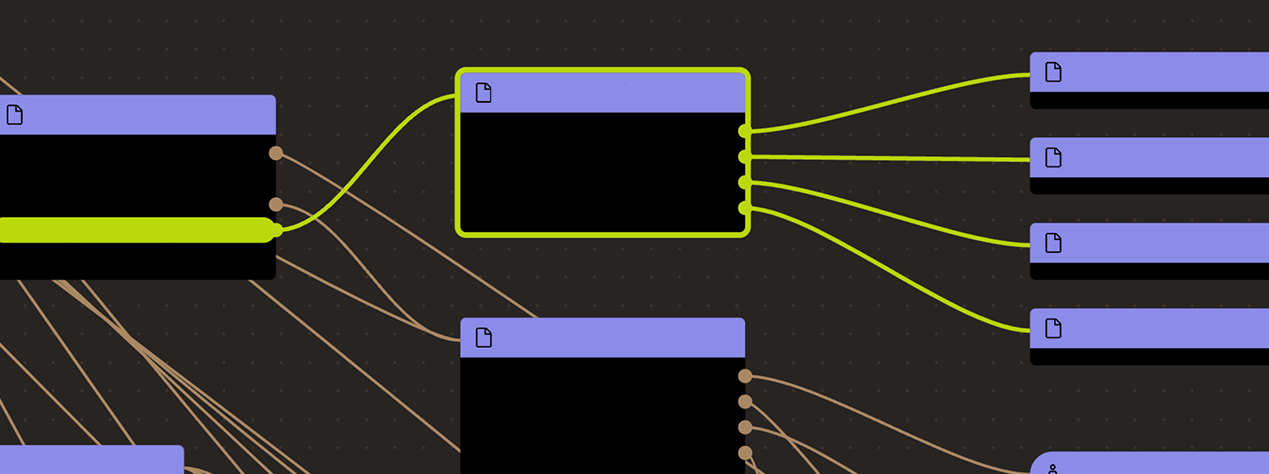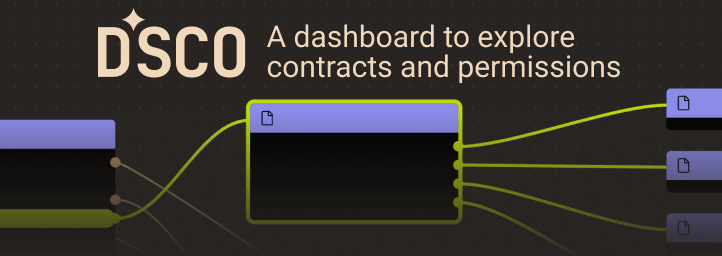Search
Search for projects by name
 Hop
Hop
L2BEAT Bridges is a work in progress. You might find incomplete research or inconsistent naming. Join our Discord to suggest improvements!
About
Hop is a Liquidity Network that facilitates fast withdrawals and L2-->L2 token transfer via optimistic message passing.
About
Hop is a Liquidity Network that facilitates fast withdrawals and L2-->L2 token transfer via optimistic message passing.
Funds can be stolen if
Users can be censored if
Principle of operation
Hop is a Liquidity Network with ability to facilitate fast transfers using Ethereum as a settlement layer. It uses a technical hToken and AMM between hToken and canonical token on a destination chain to facilitate token transfers. Users are isolated from individual risks related to destination chains.
Optimistic Validation with fallback to native bridge
Messages announcing token withdrawals are sent from the source to the destination chain using native AMB (Arbitrary Messaging Bridge) to Ethereum for a given chain source chain. Depending on a chain, these can be slow, e.g. 7-days for Optimistic Rollups. Designated actors called Bonders “pre-announce” the incoming transfer of a message bundle to the destination chain. For 24 hours anyone can challenge the validity of the message bundle. If left unchallenged, the bundle is assumed to be valid and Bonder can remove the collateral which make all withdrawals from this bundle to settle against bridge funds. If challenged, the Bonder’s collateral is locked in a bridge until the native message arrives and challenge is resolved.
Users can be censored if AMB of the destination chain censors the message.
Funds can be stolen if Bonder submits invalid message bundle and is left unchallenged for 24 hours.
Destination tokens are upgradeable
Tokens transferred end up as “representation tokens” some of them may be upgradable.
Funds can be stolen if destination token contract is maliciously upgraded.

Ethereum
Actors:
A Multisig with 2/3 threshold. Sets bridge parameters including bond size, challenge period length, etc… Manages whitelist of Bonders.

Ethereum
This contract stores the following tokens: USDC.
This contract stores the following tokens: DAI.
This contract stores the following tokens: USDT.
This contract stores the following tokens: ETH.
This contract stores the following tokens: MATIC.
This contract stores the following tokens: SNX.
This contract stores the following tokens: HOP.
